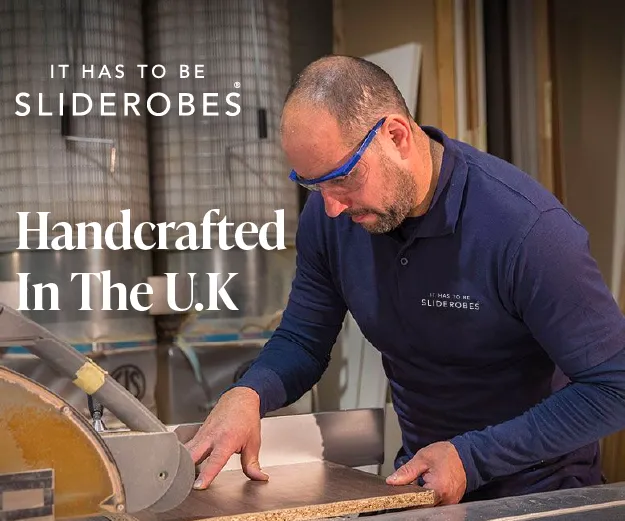
Are you speaking my love language?
Every relationship has natural ebbs and flows, times when you seem in sync with your partner, and times when everything gets lost in translation. In these instances, what if you’re communicating with each other all wrong?

For your partner’s birthday, you buy them a beautiful necklace that the salesperson at the jewellers told you was popular. But your partner’s reaction to your gift is muted, certainly not the rave reviews you were expecting. When you ask them if they like the necklace, they say yes, but they would have been as happy to just spend some quality time with you.
There’s a school of thought, devised by marriage counsellor Gary Chapman around 30 years ago, that there are five different love languages – not to be confused with the language of love!
These love languages are different ways in which we communicate love to our partner. They are: words of affirmation, quality time, acts of service, physical touch, and gifts.
Let’s take a closer look at each one.
Words of affirmation
Does your partner saying ‘I love you’ make you all warm and fuzzy? Do you feel good if your partner compliments you in a meaningful way? Do you get the feels if your partner encourages you or shows their appreciation with words? These words, by the way, can be spoken, written, or even sent digitally.
Quality time
We’ll need to define quality time for this one. It is spending time with your partner where you are fully focused on them. Your hand is not hovering over the phone[1] , ready to pick it up whenever a notification pops up. You are present for that time, actively listening and giving them your undivided attention. You could be enjoying a nice meal, going for drinks, cuddling up on the sofa, or getting away for a weekend.
Acts of service
If this is your love language, you will love it when your partner does something nice for you (unprompted). This could be as simple as making you a cup of tea or coffee, running you a bath if you’ve had a busy day, or looking after you if you’re not feeling well. This love language focuses on action and not words.
Physical touch
If this is your love language, you’ll feel most loved when your partner is showing their feelings with touch. This runs the gamut from holding hands, hugs and kisses, right up to sex. Physical signs of affection are undeniably a strong way to show how you feel, and we know that signs of affection like hugs can release oxytocin, the so-called ‘cuddle hormone’. There is comfort in physical touch and your connection with your partner can be reinforced through physical intimacy.
Gifts
No, not the more-is-more type of gift. This is all about receiving or giving gifts that mean something. We’re talking gifts that require thought, reflection, connection. It could be a frame for an old family photo that holds special meaning or a handmade gift that takes time to put together. The point is that the gift shows that you know your partner; you’ve listened when they’ve mentioned their favourite candle scent, or how much they like vintage records.
What love language speaks to you?
You might respond to all five of the love languages but one of them will generally resonate with you a little more. In his book, The 5 Love Languages: The Secret to Love that Lasts, Chapman suggests that knowing your partner’s love language and communicating with them using their language can improve the quality of your relationship.
But is this the case?
Extensive research by Olha Mostova, Maciej Stolarski and Gerald Matthews into Chapman’s love languages found that people who communicate their love in the way their partners preferred to receive it, were generally happier in their relationships and were also more sexually satisfied than those who weren’t as clued into their partner’s love language.
33-year-old Sian* says she gets all squirmy if her husband tells her how much he loves her and how great she is. “It’s just not something I’m comfortable with. I’d prefer if he ran me a nice bath and took the children away for an hour.” On the flip side, Rachel* assumed for years that her partner’s love language was the same as hers – physical touch – but recently discovered her partner just liked hanging out with her with no interruptions.
At the end of the day, it boils down to knowing and understanding your partner. You don’t need to have the same love language, just the ability to see what your partner likes and what they respond to.
* Names have been changed
Communication is key to good relationships and good sex. Find out why in ‘We need to talk about sex’, a dara & co masterclass hosted by Grace Alice Ó Sé.



